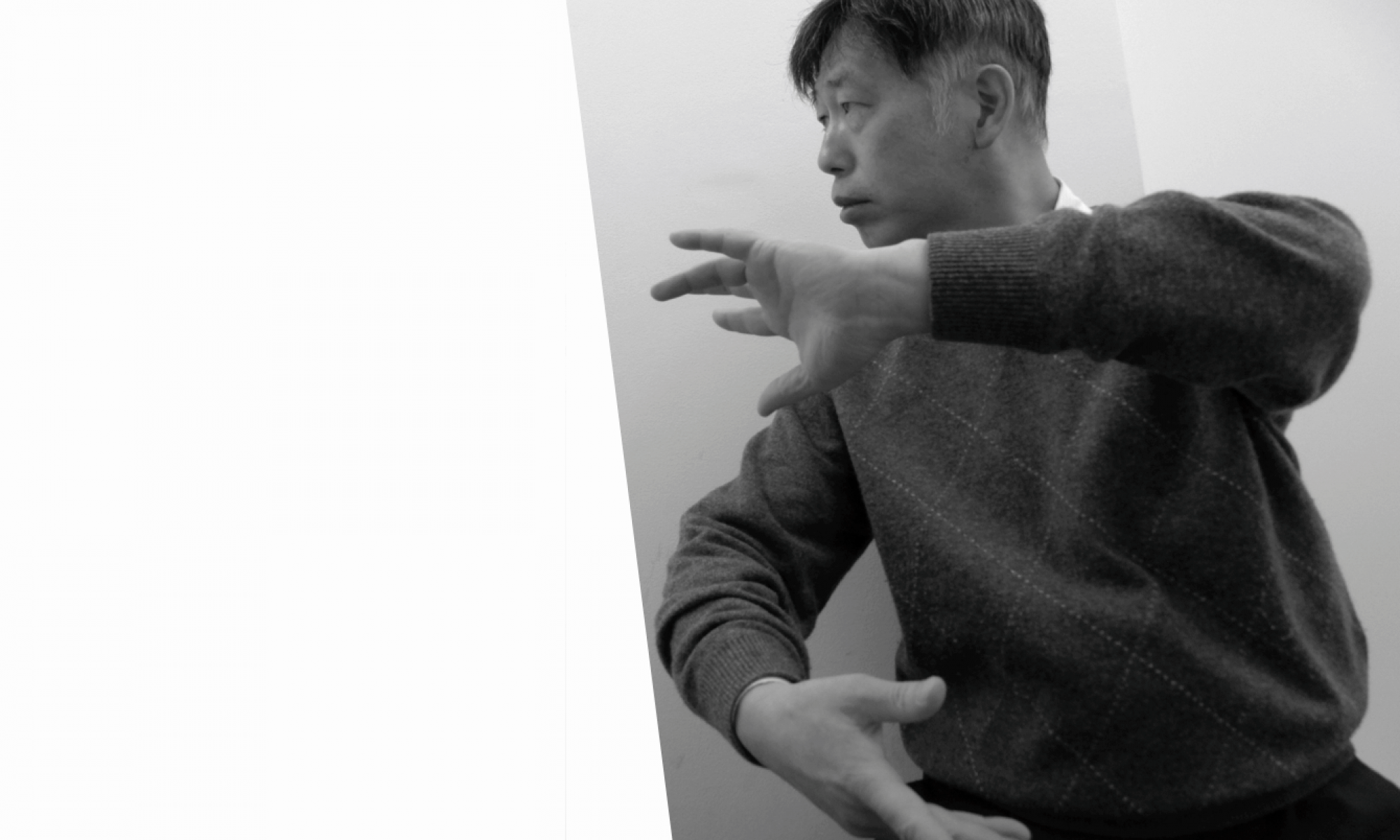What is Tai Chi Neijin?
In order to explain Neijin(内勁), it is necessary to first understand Jin(勁).
What is Jin?
When you grab a carp by hand, the fish will go wild with all its strength.
Many people have experienced this, haven’t they?
The torso is the most powerful part of a vertebrata.
This power is transmitted to the point of destruction within the opponent body without loss of transmission through the hands and feet.
In martial arts, this power emitted by the whole body is called Jin.
Jin can be easily understood by taking a golf swing as an example.
The take-back is the accumulation(蓄勁) motion, and the downswing is the Fajin (発勁) motion.
The rocking fulcrum of the downswing accelerates in the order of shoulder, elbow, grip, shaft, and head.
This force transmission is the result of the outward manifestation of the axial force of the torso.
Strengthening your arm muscles won’t make you hit the ball farther.
Martial arts don’t give you time to take back like a golf swing.
For that reason, always take a half-body posture.
What is Neijin?
Since ancient times, martial arts have been based on the use of weapons.
A sword is a lump of iron and is heavy, and a long spear is also heavy and cannot be handled with physical arm strength alone.
In order to master sword and spear techniques, you must learn how to use hips for cutting and thrusting motions.
In martial arts, the movement of the waist produces the power of the body axis, and this is called Neijin.
Taijiquan is based on all movements that use Neijin even when fighting with bare hands.
In everyday life, the hands are light and can be moved dexterously without the use of Neijin.
However, in Taijiquan, the fingertips are also manipulated with the power connected to the Dantian (丹田).
Taijiquan uses Silk reeling force(纏絲勁) for this connected force.
Where is the power source of Neijin? It is Dantian.
It is sometimes expressed as turning Neijin with the consciousness of Dantian.
Neijin does not turn with the hip rear stuck out.
.
The martial arts must be in a half-body position with the Dantian engine always running and being able to raise a revolution speed.
If you compare it to a motorcycle, rev the engine, release the clutch slowly, and the body will pop out at once.
The action of turning the Neijin may resemble the yin and yang symbol of Taiji.
It consists of the first half of harmonizing without being detected by the opponent and the second half of destroying the opponent.
Let’s explain the dynamics of only the second half of the movement.
Neijin may be said to be mechanically hip joint manipulation and sacroiliac joint manipulation.
The hip joints move the pelvis, and the sacroiliac joints move the sacrum three-dimensionally.
The sacroiliac joint is the strongest joint in the human body that connects the upper and lower body.
The movement of the pelvis as the foundation creates an arch structure in which both feet dig into the ground.
The movement that pushes the sacrum forward props up the upper body.
When you become a master class, the Neijin movement may be small and powerful and invisible from the outside.
I think therefore it’s called Neijin as an inner power.
Taijiquan acquires Neijin from steady practice of silk reeling force and bow stance.
It is never easy to master Neijin.
However, I would like to add that “there is no martial arts without a Neijin.”
